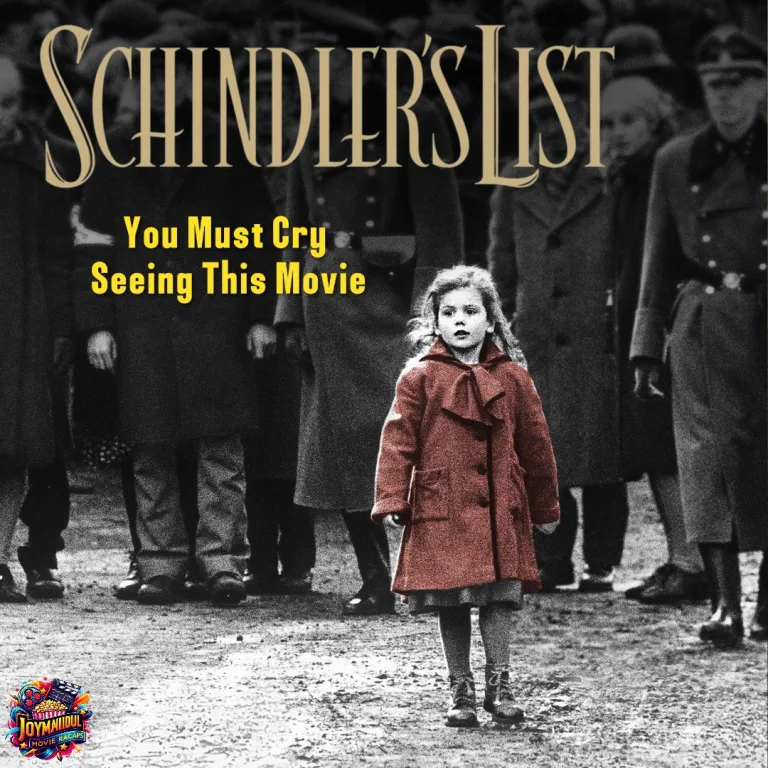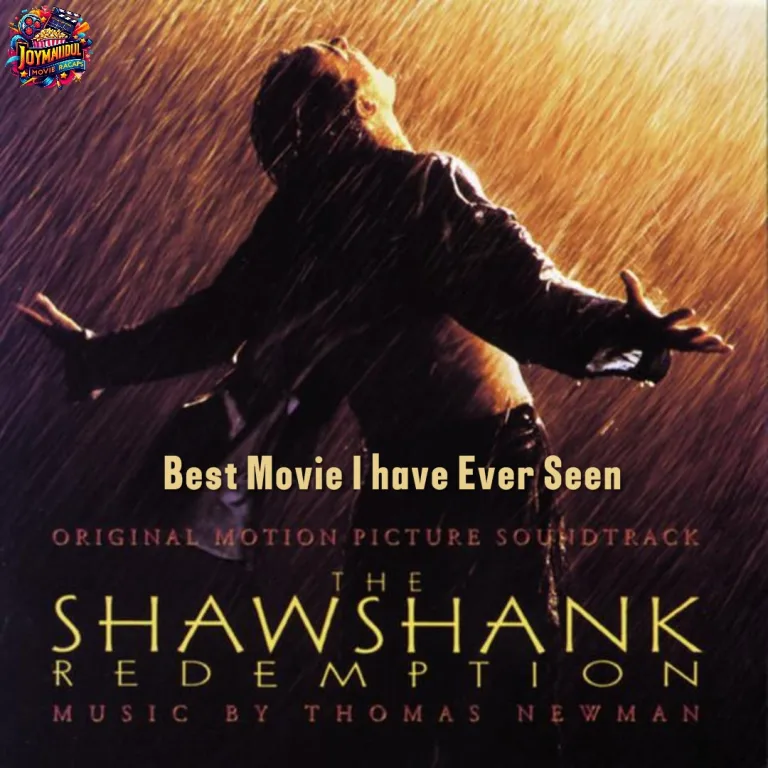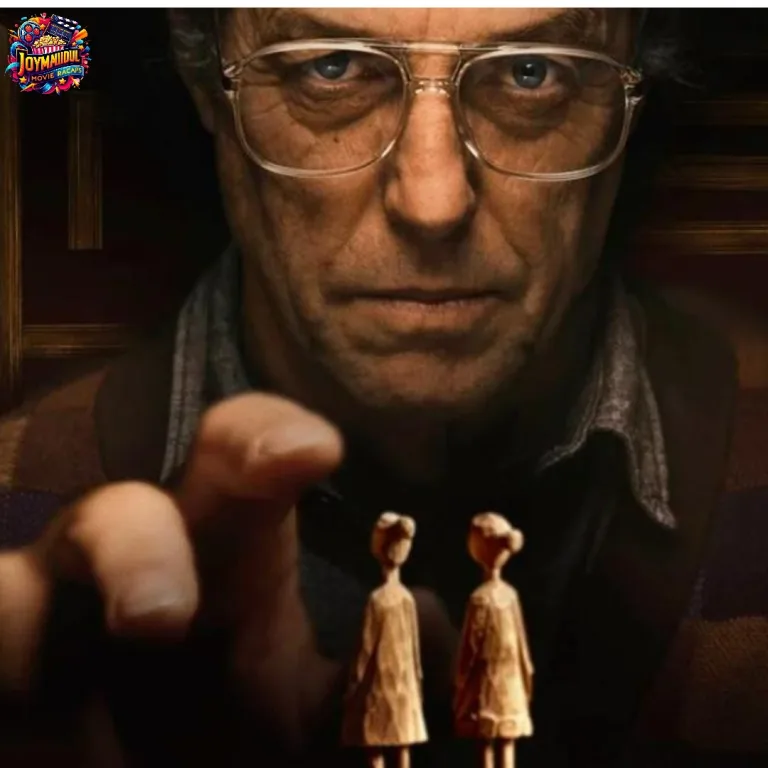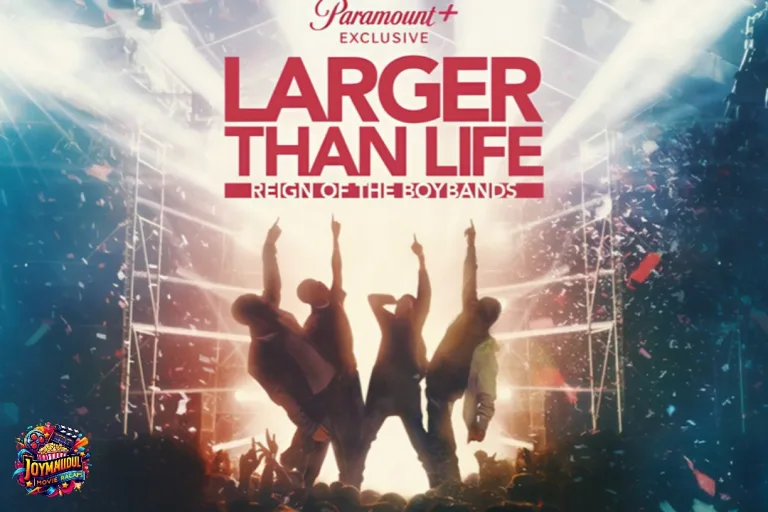
Master the art of movie analysis with our in-depth guide! Learn how to assess themes, direction, acting, cinematography, and more. Tune into this essential video for every aspiring film critic.
How to Analyze a Movie Like a Professional Critic: Unlock the Secrets of Filmmaking
Learn what makes a movie great and how to analyze it like a pro reviewer.
Introduction:
Welcome to joymahidul! Have you ever seen a movie that made you feel a lot, but you didn’t know why? Analyzing a film is more than just liking or disliking it. It involves looking closely at the story. You need to consider the way it’s shot. You should also examine the techniques that help the film connect with viewers. Today, I will guide you through the key steps to analyze a movie like a professional critic. You will also learn how to write interesting reviews.
Start with a Summary. Don’t Give Away the Ending.
The summary helps readers understand the movie. It allows them to follow your thoughts, even if they haven’t seen them. Give a short overview of the story and mention important characters and the setting, but don’t include big spoilers. Mention who directed the film. Also, include who stars in it. Provide important background info, like if it’s based on a true story or a book.
Example Summary: If reviewing Inception, you might say: “Inception is directed by Christopher Nolan. It is a sci-fi thriller about a thief. The thief enters dreams to steal secrets. However, he has to do something even harder: plant an idea instead.
Themes and Messages: The ‘Why’ Behind the Story Themes are the main ideas or messages in a film. Think about what the film is trying to convey. Themes can include love, loss, power, and corruption. For example, in Inception, the main theme is reality versus illusion, as characters move between dreams and real life. Talking about themes adds depth to your review and helps readers connect with the film’s main message. Tip: Use examples but avoid revealing big plot twists.
Acting and Characters: Who Makes the Story Real? Actors can greatly affect a movie, so look closely at the main actors’ performances. Ask yourself: Did the actor feel like their character? Was there real emotion? Talk about how the characters connect and how they interact with each other. For example, Leonardo DiCaprio’s portrayal of Cobb in Inception adds depth. He deals with his trauma while on a tough mission.
Direction and Filmmaking Style: The Director’s Vision. Each director has a unique way of making films. Noticing their methods can improve your review. Directors often leave their mark on movies through their storytelling, visuals, and speed. Watch for similar styles. For example, Wes Anderson is known for symmetry and bright colours, while Quentin Tarantino uses non-linear stories and sharp dialogue. Look at how the director’s choices affect the film’s mood and feeling. Was the director’s vision clear and consistent? If you’re reviewing a well-known director’s film, mentioning their previous works can help provide context.
Cinematography: How Visuals Tell a Story
Cinematography is about telling a story through visuals. Explain how camera angles, lighting, colors, and shot arrangement improve the story. A close-up can show intimacy, while an overhead shot might suggest distance.
Take Blade Runner 2049 as an example. The muted colors create a troubled world. The unique, gritty visuals enhance this sense.
Looking at the cinematography reveals how the film builds a rich, engaging setting.
Tip: If you can, rewatch some scenes to closely observe the shot choices and visual details.

🌟🌟🌟🌟🌟 BUY NOW
Sound and Music: Setting the Mood and Boosting Feelings
Soundtracks and sound effects are vital for an engaging experience. They influence feelings and set the mood, matching scenes or characters. In Interstellar, Hans Zimmer’s music highlights the greatness of space and the urgency of time.
Think about if the music fit well and worked effectively. Did it make you pay attention to important moments? Was the score essential? This aspect often goes unnoticed but is a key part of film analysis.
Pacing and Editing: The Flow of the Story Pacing is the speed of the film—how fast or slow it moves. Good editing keeps long movies interesting, while poor pacing can make short films feel slow. Watch for parts that seem too slow or where the story rushes. Take the movie Mad Max: Fury Road: its fast pace matches the intense world of the film. On the other hand, a film like The Backup Plan has a slower pace. This slow pace fits the careful tension in the story. Tip: State if the pacing helps the story and improves the watching experience.
Visual and Special Effects: Creating the Film’s World
In today’s movies, visual effects are very important. When you analyze them, look at how good they are and how well they fit with the real scenes. Did the computer graphics mix well with live action? Were the practical effects believable? Consider if the effects were suitable or too much.
For example, Symbol uses impressive CGI to create the planet Pandora, turning it into a stunning visual display. Meanwhile, Jurassic Park combines animatronics and CGI to create a seamless and lasting impact.
Dialogue and Screenwriting: The Words That Move the Story Forward
Screenwriting involves more than just the spoken words. It’s about how the story is told through dialogue, tone, and hidden meanings. Examine the dialogue quality—did it sound natural or forced? Look at how characters show their personalities through what they say.
Quentin Tarantino, for instance, is known for clever and memorable dialogue that deepens his characters. Think about how the dialogue contributes to the plot, pacing, and character growth, as well as any standout lines.
Conclusion and Overall Impression
Finish your review by sharing your overall thoughts. Sum up the main points you discussed and give a final opinion. This can be a recommendation or a short critique.
For example: Origin is a bold film that offers a complex story and impressive visuals. It might not be for everyone, but it’s a must-see for fans of science fiction and thrilling suspense.
Rating (Optional): If your blog has a rating system, you can add a star rating. Alternatively, you can provide a score out of 10. Include a brief explanation of your choice.
Closing Thoughts:
Reviewing a movie is not just about saying if you liked or disliked it. It’s about analyzing the parts that make it what it is, from the story to the technical choices. Writing movie reviews helps readers understand how they might connect with a film on a deeper level too. Whether you are a beginner or a movie lover, these steps will help you write informed, balanced, and engaging reviews.
Happy blogging and happy reviewing!





